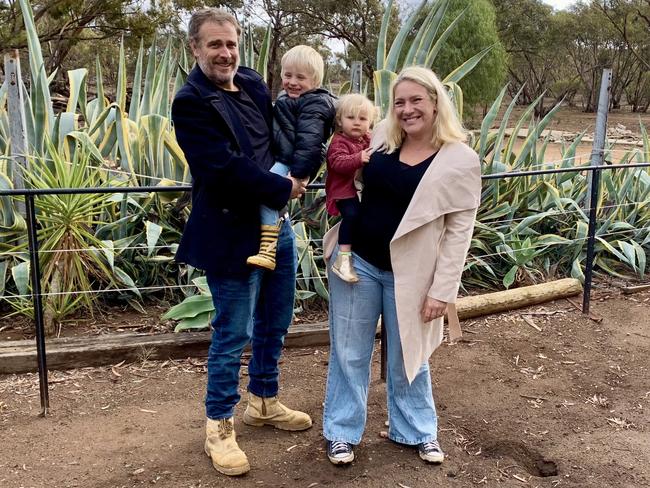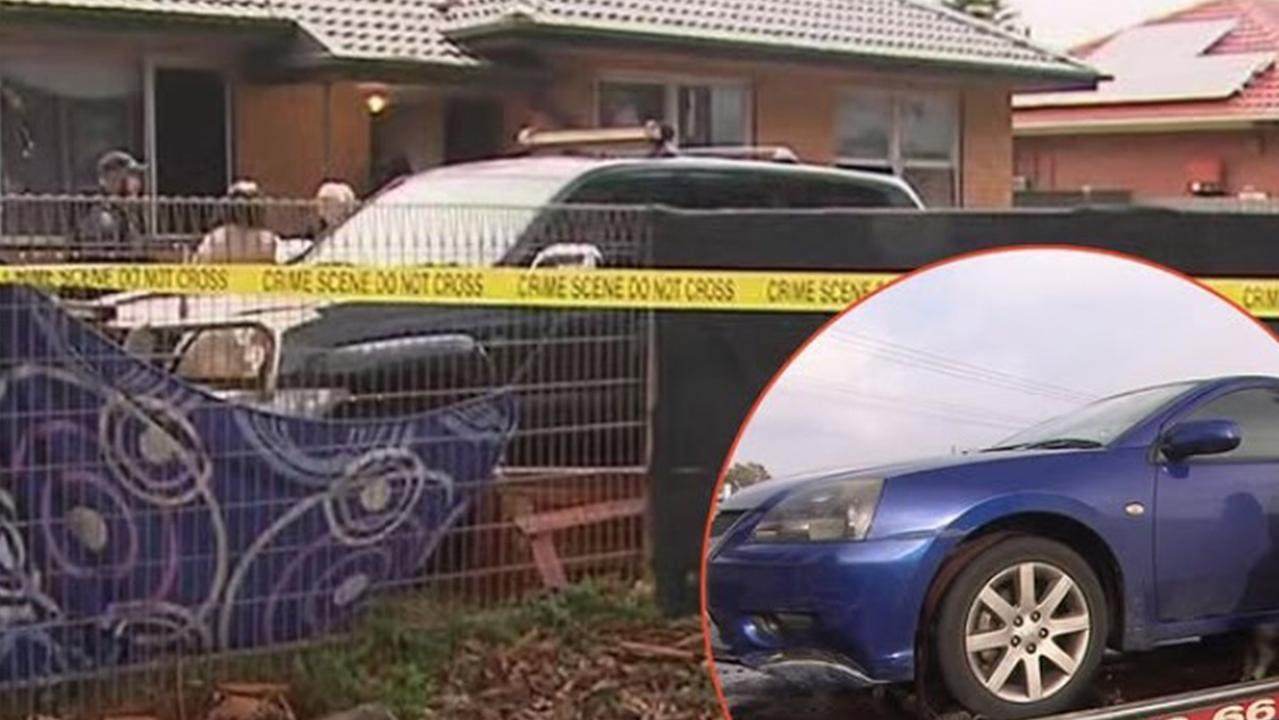SA childcare waiting lists: Best and worst areas to get a place
New data reveals the suburbs where it’s easiest and hardest to find a childcare place in South Australia. See the list.

SA News
Don't miss out on the headlines from SA News. Followed categories will be added to My News.
Only a fifth of the country has enough childcare places for kids in their local area, new data reveals.
While most of the so-called ‘childcare deserts’ are in regional and rural areas, there are also pockets in every capital city.
In Adelaide’s north, Playford is the fourth-worst served area for childcare in the state, with 8147 kids under four but just 4939 spaces, according to data compiled by iSelect, using figures from the Australian Children’s Education and Care Quality Authority.
It’s a similar ratio for Marion in the south west of the city.
The worst place for access to childcare in South Australia is the Mid North region.
The best place to live to avoid wait lists is Adelaide City where there are 522 kids under four but more than 1623 spots.
The city suburbs of Norwood – Payneham and St Peters Prospect – Walkerville are second and third on the list for best childcare availability.
The Parenthood CEO Georgie Dent said childcare across Australia is patchy.
“It’s a postcode lottery when it comes to what opportunities parents and children have in terms of participating in early education care,” Ms Dent said.
With no centralised planning mechanism in place to control where new childcare centres are built, many providers choose to open in wealthy areas where people are more able to pay higher fees — potentially delivering a bigger profit.

Ms Dent said a lack of access to childcare can have a detrimental impact on both children, families and their communities.
“When we lock children out of the opportunity to participate in early education before they start school, we are embedding some disadvantage that is very hard to combat,” she said.
“It often means it’s much more difficult for parents to be able to participate in paid work.
“Childcare is a critical piece of infrastructure that communities need in order to function, let alone flourish.”
Ms Dent said the federal government announced a $1 billion Building Early Education Fund before the last election which will see building or expanding of services in 160 areas of need.
She said it won’t fix the whole problem, which is why The Parenthood is calling for a national commission for early childhood education and care to roll out reforms that meet the needs of children, parents and families.
Heather Sherwell, 41, and her partner Nathan Coffey, 45, were left in the lurch when their local childcare centre in Hopetoun, Victoria, 35km from where they live, closed due to lack of staff.
Their son Arlo, 3, goes to kindy three mornings a week, but there was nothing available for Zetta, 13 months.
The result was that Mr Coffey lost half his salary because he had to become a part-time stay-at-home dad.

She said friends help out with some childcare, but it is a daily struggle.
“We had to choose which one of us could work,” Ms Sherwell, a business development associate, said. “It’s not ideal during a cost of living crisis.”
She said the ripple effect of the childcare centre closing has not just had an impact on young families, but also employers and the surrounding communities.
“We know families that are commuting and people who have had to quit their jobs because of it,” Ms Sherwell said.
She said the government needed to encourage early education workers to the regions with better salaries, subsidies and support.



